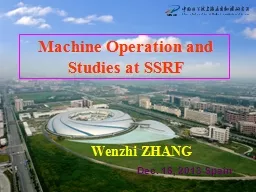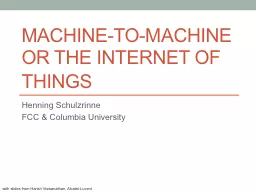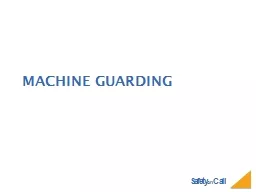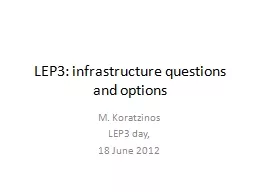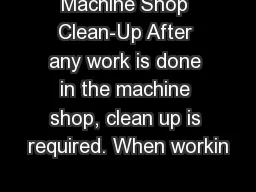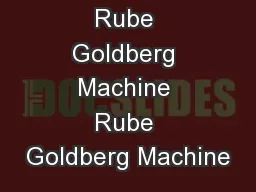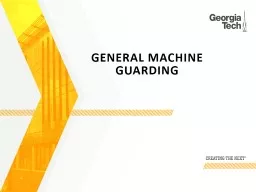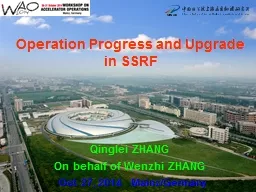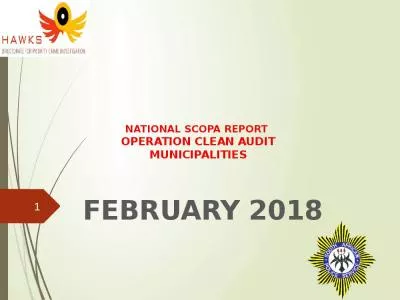PPT-Machine Operation and Studies at SSRF
Author : messide | Published Date : 2020-08-28
Wenzhi ZHANG Dec 16 2013 Spain Outline Brief Introduction Operation status of SSRF Accelerators Machine Studies Summary Dec 25 2004 Groundbreaking Oct 2007 Commissioning
Presentation Embed Code
Download Presentation
Download Presentation The PPT/PDF document "Machine Operation and Studies at SSRF" is the property of its rightful owner. Permission is granted to download and print the materials on this website for personal, non-commercial use only, and to display it on your personal computer provided you do not modify the materials and that you retain all copyright notices contained in the materials. By downloading content from our website, you accept the terms of this agreement.
Machine Operation and Studies at SSRF: Transcript
Download Rules Of Document
"Machine Operation and Studies at SSRF"The content belongs to its owner. You may download and print it for personal use, without modification, and keep all copyright notices. By downloading, you agree to these terms.
Related Documents

